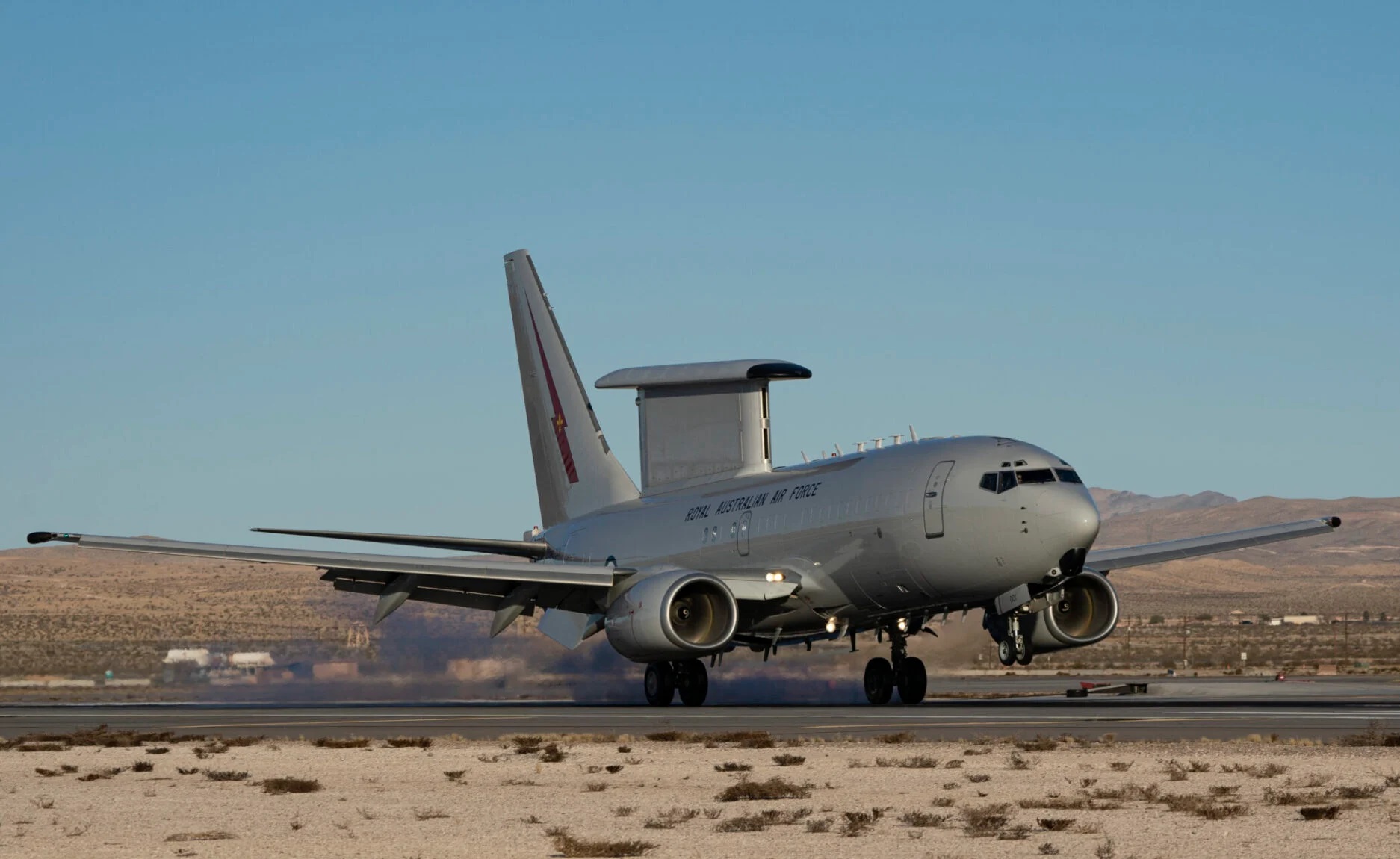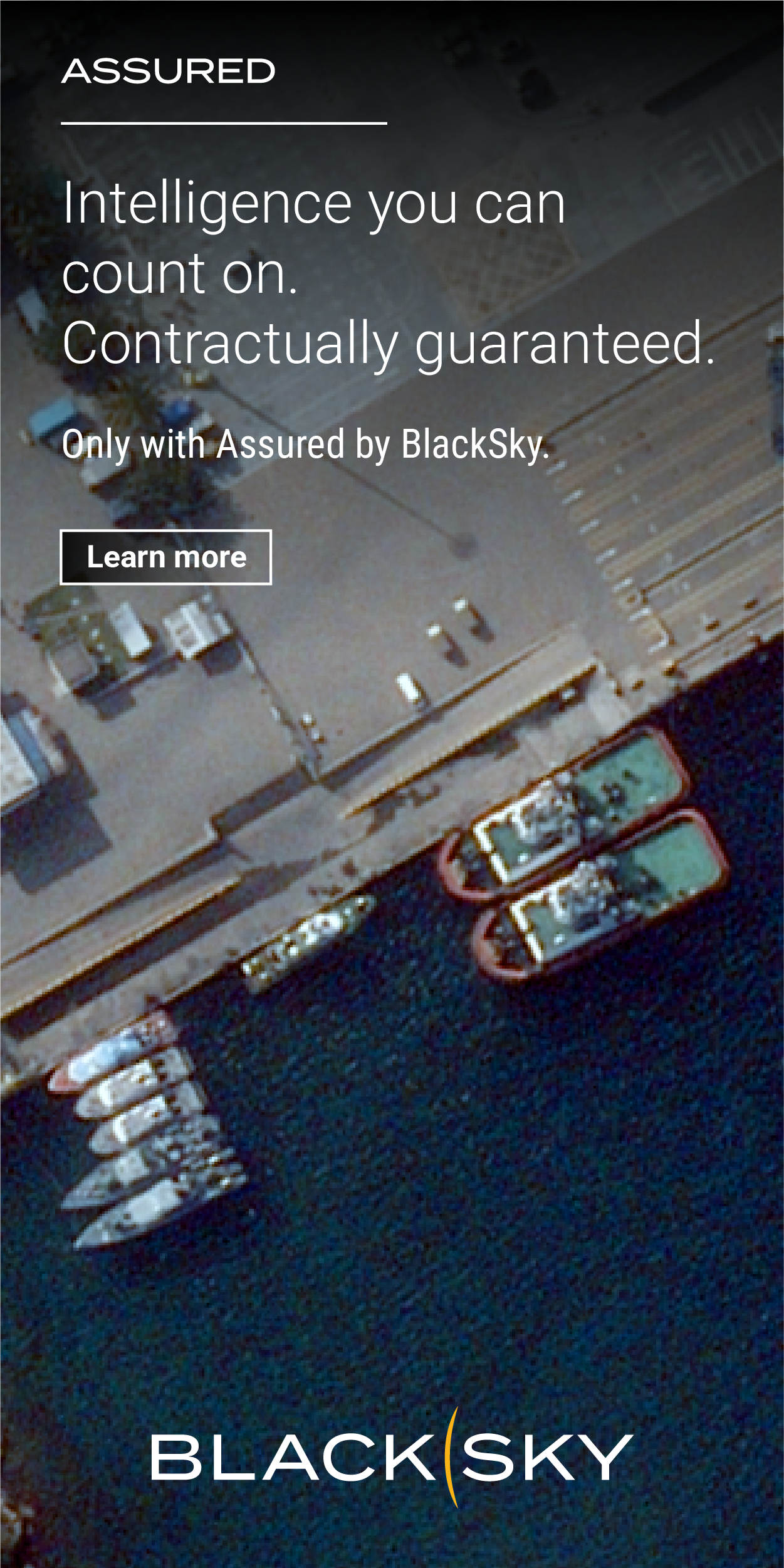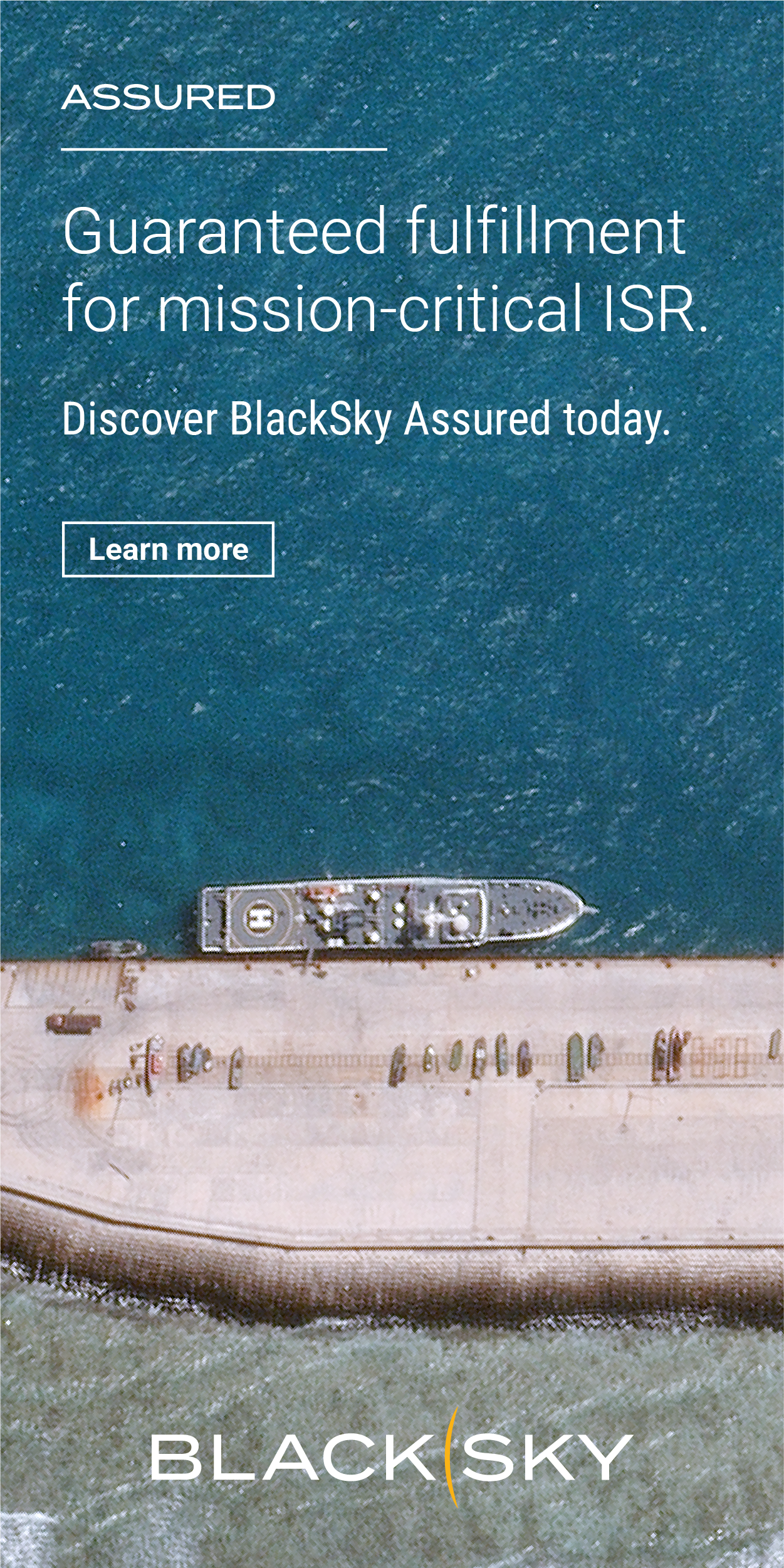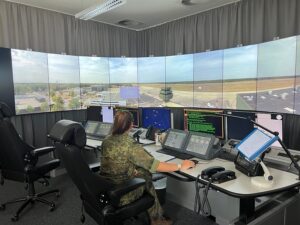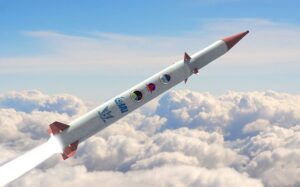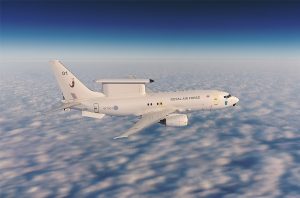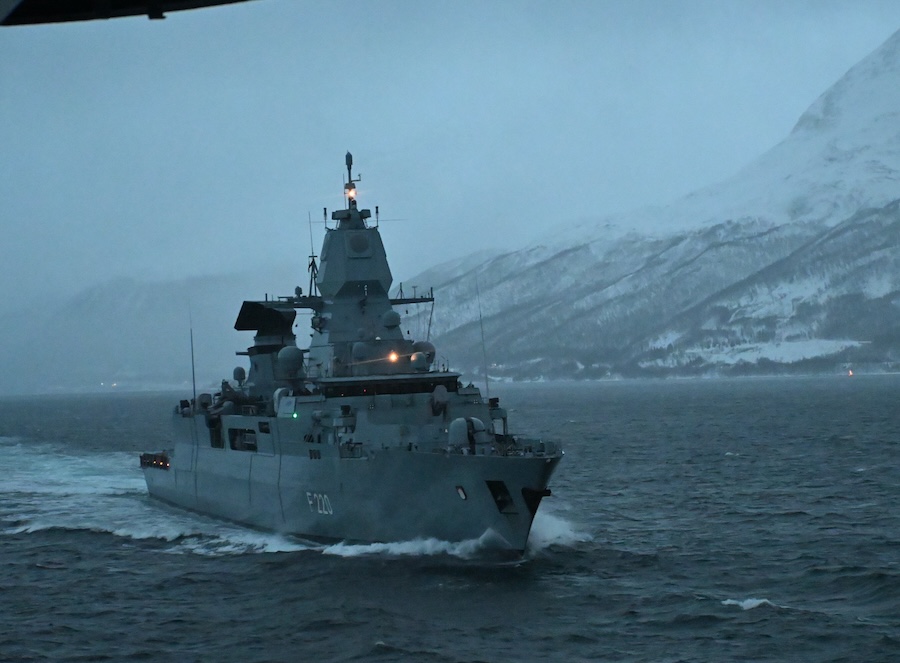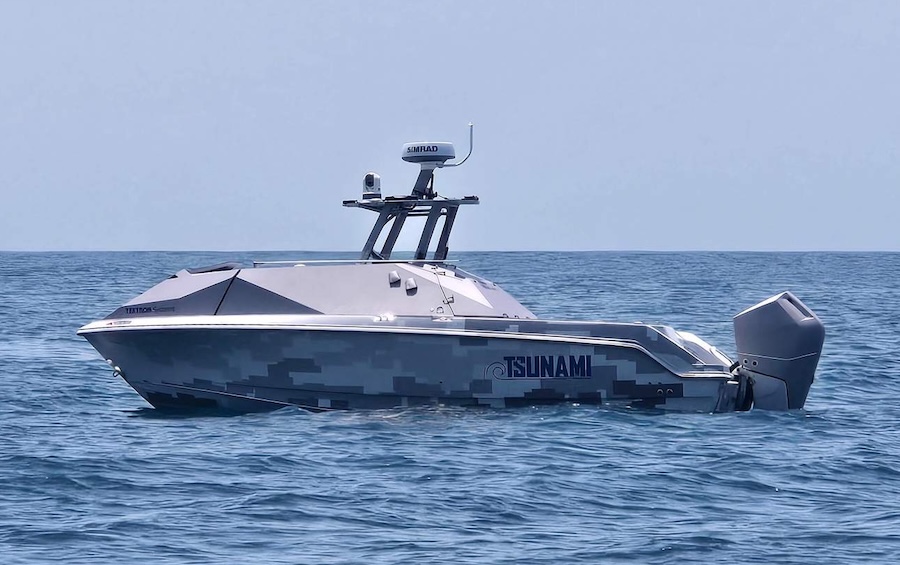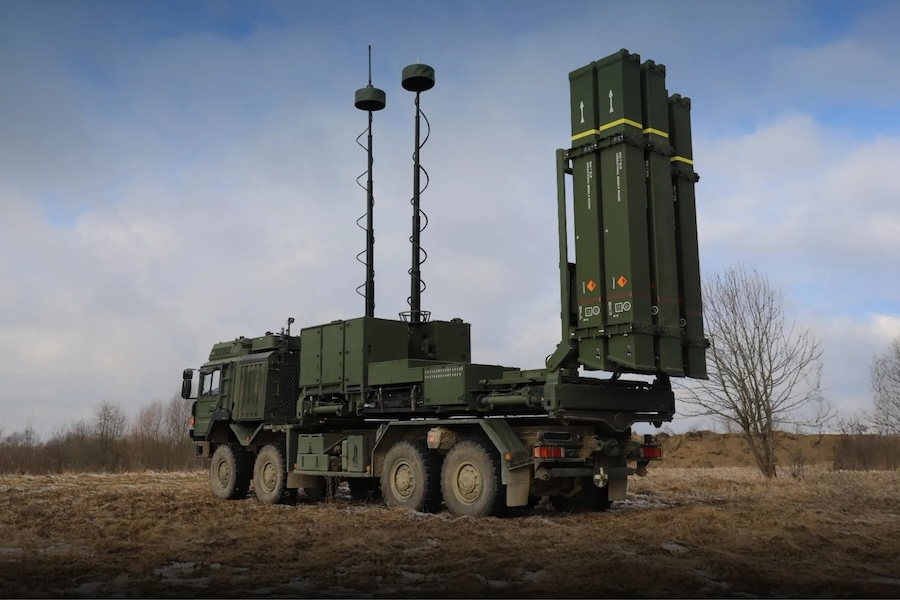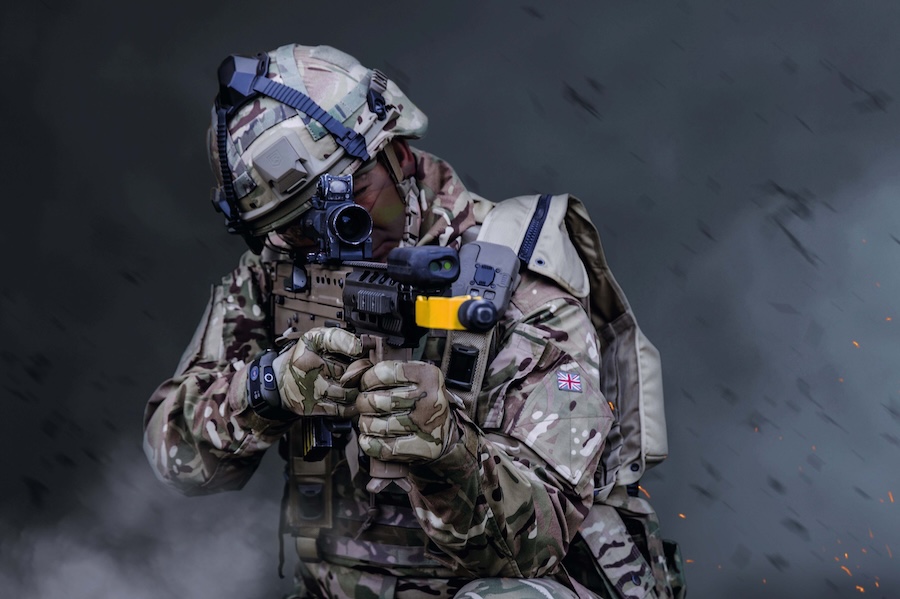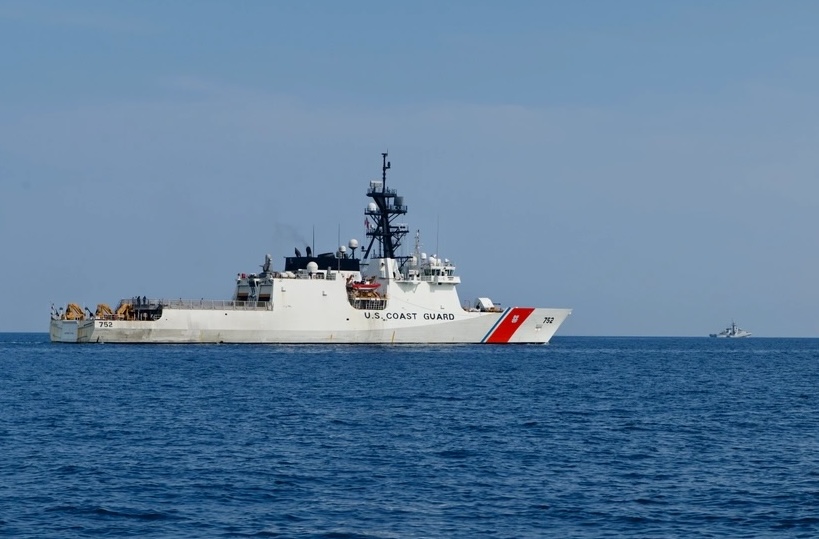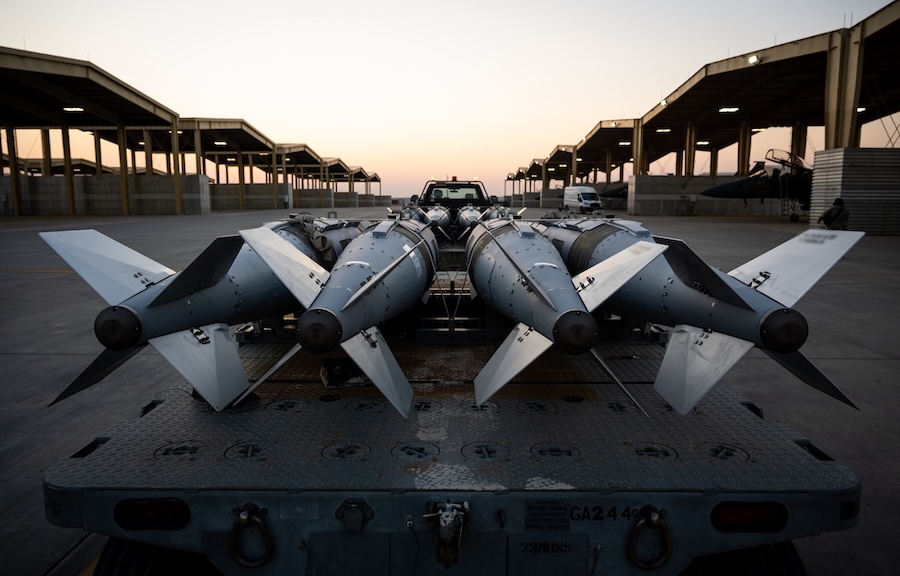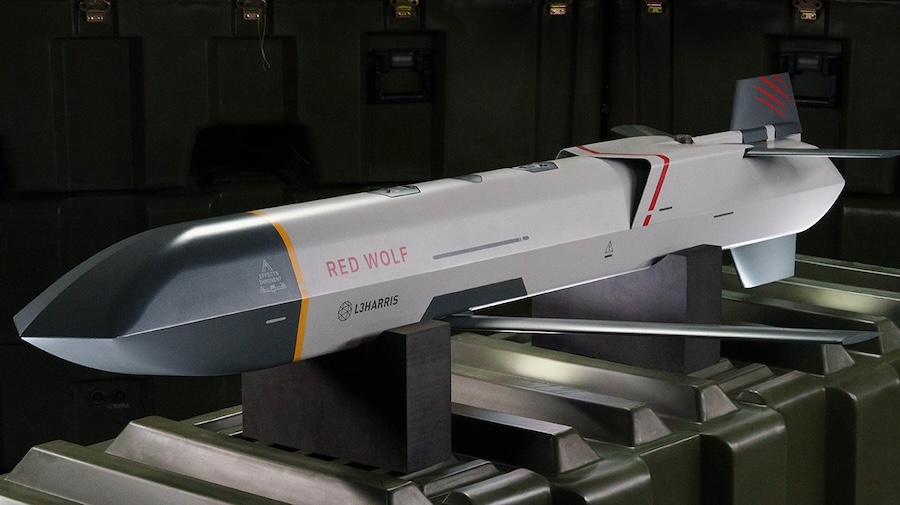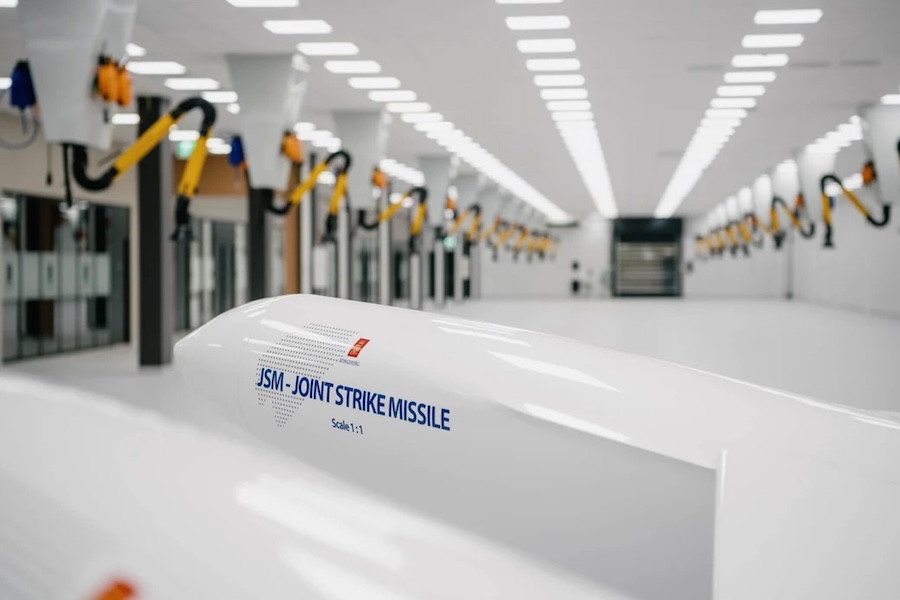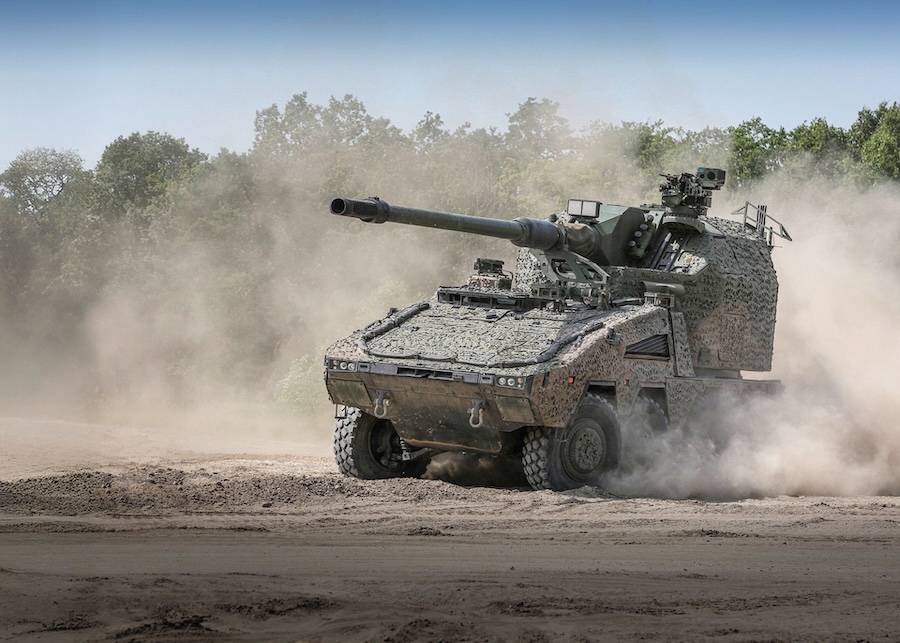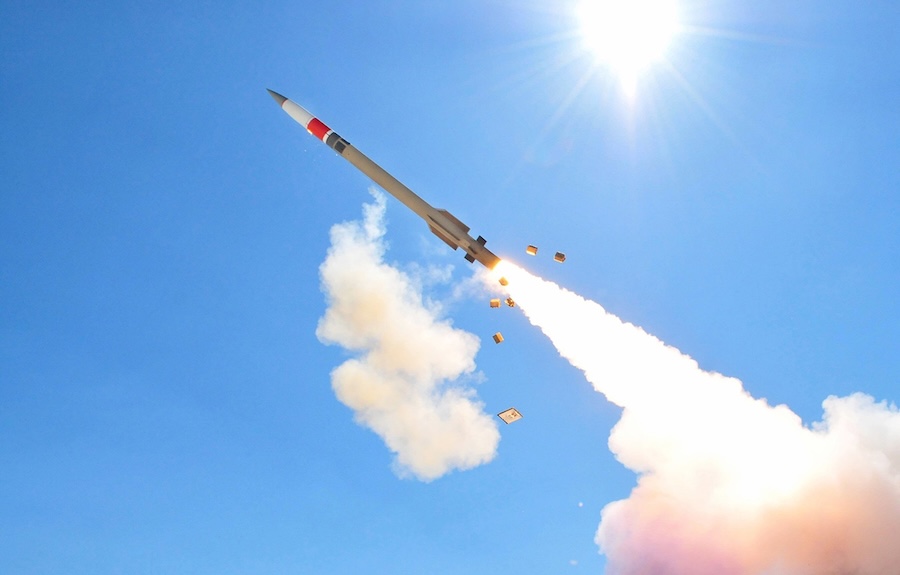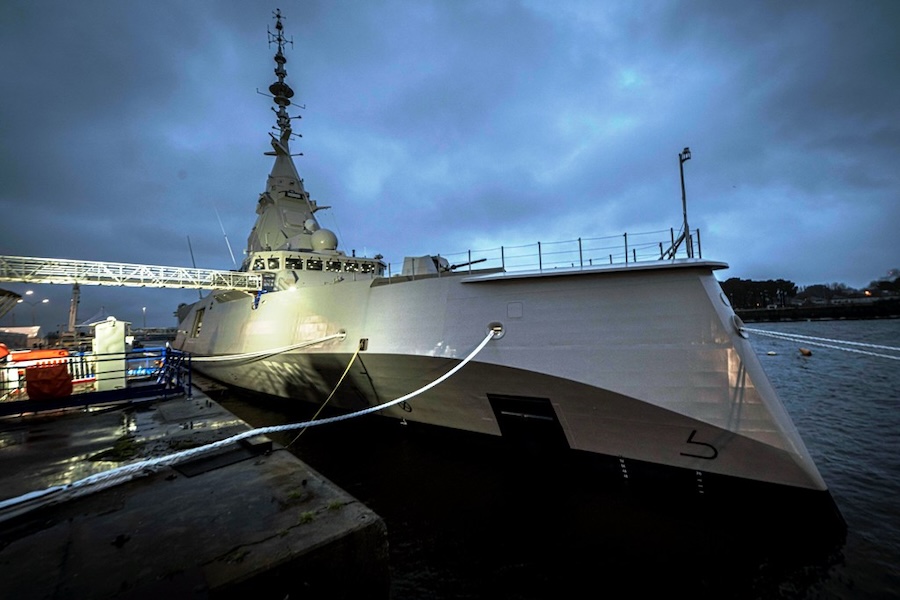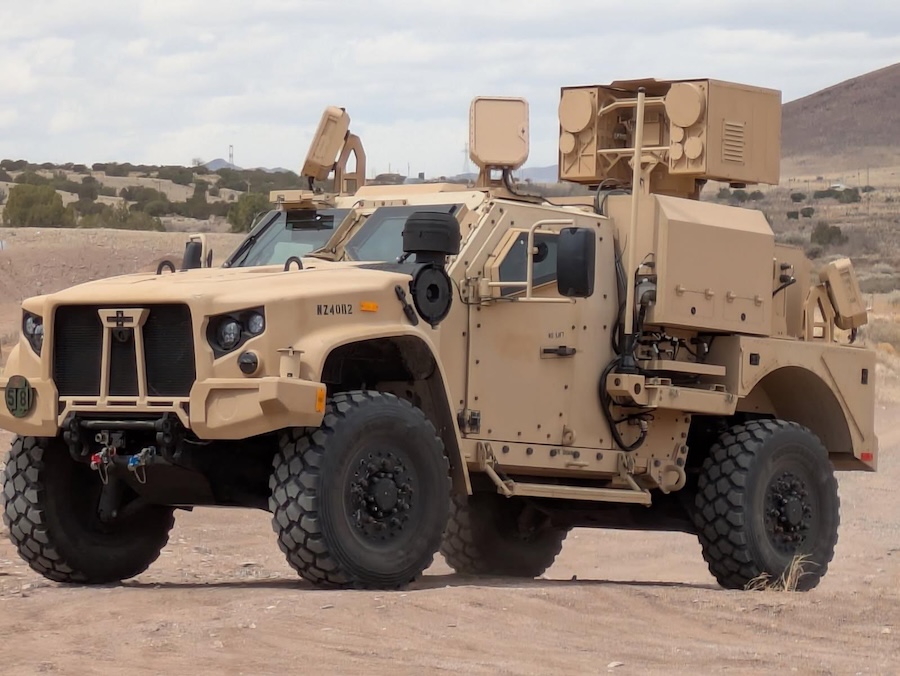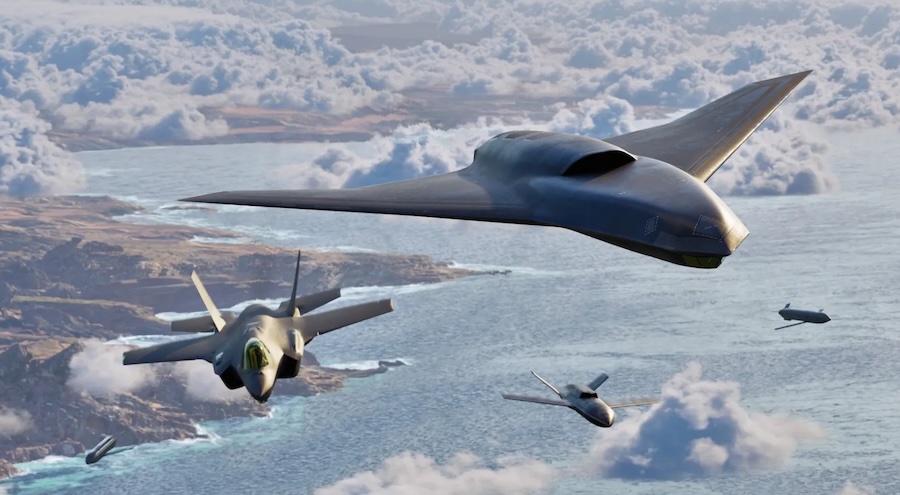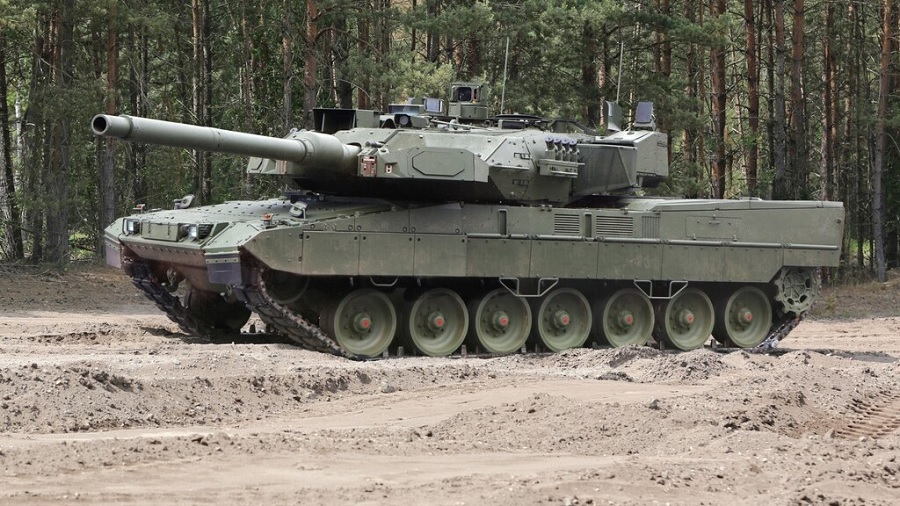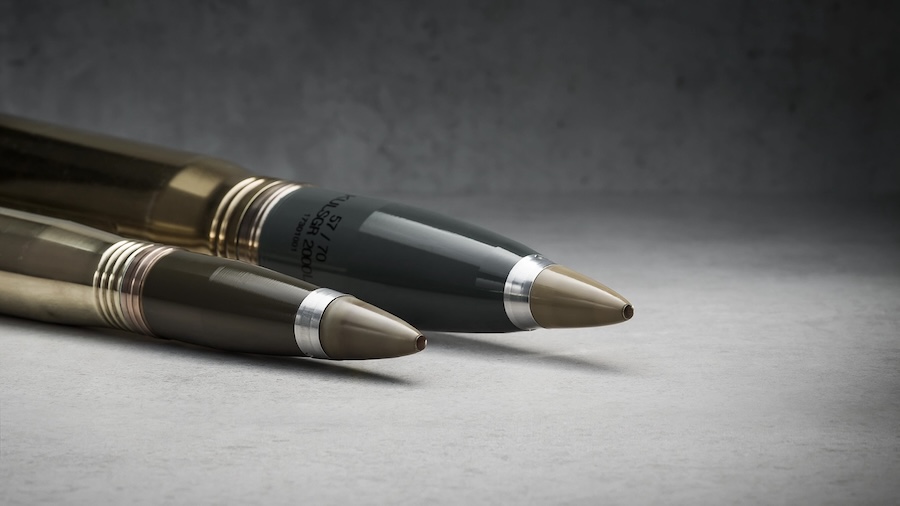The fuselage’s main section was manufactured by Spirit AeroSystems in Wichita, Kansas. It was then transported by rail to Boeing’s production site, where it will be integrated into the manufacturing process based on the Boeing 737 airframe.
The Boeing 737 is one of the most widely used aircraft models globally, serving both commercial and military purposes. Apart from the E-7 Wedgetail, another prominent military adaptation is the P-8 Poseidon, a maritime patrol aircraft that has already seen considerable export success.
The fuselage for the first @USAirForce E-7A Wedgetail Rapid Prototype has arrived at the 737 factory in @BoeingWA. pic.twitter.com/JkMkLRph9C
— Boeing Defense (@BoeingDefense) January 22, 2025
The decision to acquire the E-7 Wedgetail stems from the need to replace the aging E-3 Sentry, which has been in service since the 1970s. The E-3, based on the Boeing 707 airframe, has undergone multiple upgrades but remains costly to maintain and lacks the capability to detect modern threats effectively.
In 2021, the Pentagon confirmed its interest in the Boeing E-7 Wedgetail as a new airborne early warning and control (AEW&C) platform. A year later, the USAF signed initial contracts to develop a version tailored to its operational requirements. By 2023, a contract was finalised for the first two aircraft, with delivery expected by 2027. Eventually, the USAF plans to acquire up to 26 E-7s, gradually replacing its fleet of 31 E-3 Sentry aircraft.
A key factor in the selection of the E-7 Wedgetail is its advanced radar technology. The aircraft features the Multi-role Electronically Scanned Array (MESA) radar, which offers enhanced target detection and tracking compared to the older AN/APY-1/2 radar system used in the E-3. The MESA radar provides improved resistance to electronic jamming and can simultaneously track multiple airborne and maritime targets.
Several air forces worldwide already operate the E-7 Wedgetail, including those of Australia, the United Kingdom, South Korea, and Turkey. This existing operational experience allows for a shorter testing and deployment phase for the USAF. By opting for an established platform rather than developing a new aircraft from scratch, the USAF can accelerate the integration of the E-7 into its fleet.
Australia was the first nation to introduce the E-7 Wedgetail into service. Under the AIR 5077 “Project Wedgetail” programme, the Royal Australian Air Force (RAAF) sought a modern AEW&C aircraft to replace ground-based systems and support fighter operations. In 1999, the Australian government selected the Boeing 737 AEW&C, signing a contract in 2000 for six E-7 aircraft. These aircraft are now operated by No. 2 Squadron at RAAF Base Williamtown in New South Wales.




